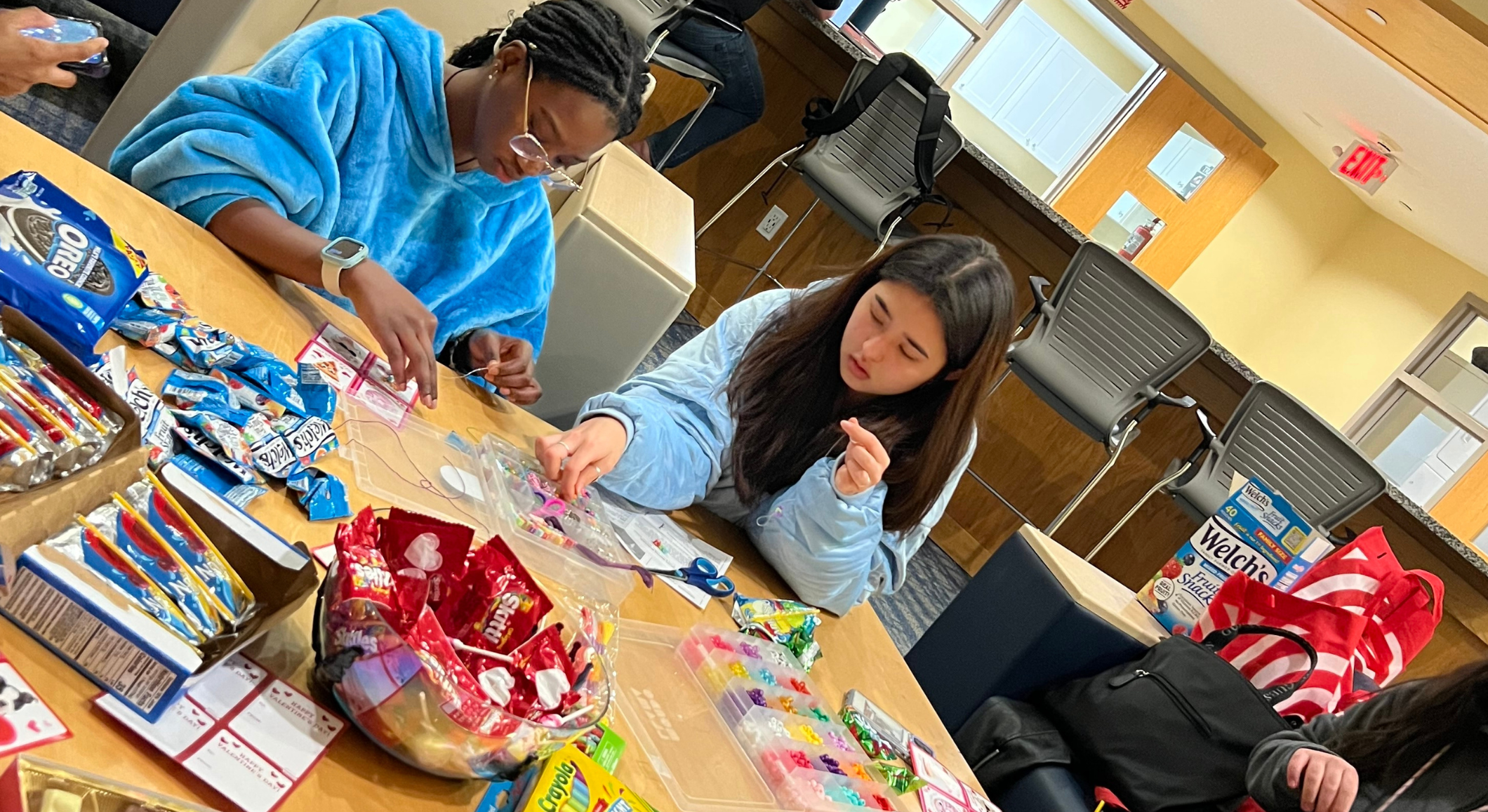LEADERSHIP
My journey as a Resident Assistant (RA) has been an amalgamation of leadership and profound personal growth. Every role I assume in life offers a mirror to my strengths and areas of development, and being an RA was no exception. It demanded a holistic thinking approach, seamlessly blending administrative responsibilities with emotional intelligence.
Team-Building and Leadership
Working with co-RAs and overseeing a designated area, I quickly realized the importance of team dynamics. Team-building events became one of my favorites, not just because of the little logic games, like stacking cups in different challenging ways. One example that stands out is a particular game where each team had to stack cups without touching them directly. While some peers opted for a methodical and slow approach, ensuring stability at each stage, others took a more creative and riskier path, utilizing tools and resources in unconventional ways. It showcased the distinct strategies and thought processes each individual brought to the table, emphasizing the importance of diverse perspectives. Leading these events often turned into opportunities for demonstrating effective leadership. The team, sensing my ability to drive initiatives and ensure tasks were completed efficiently, started gravitating toward me. The events became symbolic – it wasn’t just about winning a game, but about uniting a diverse group towards a common goal.
Inclusive Community Building
Being an RA, especially for first-year dorms, introduced me to a unique set of challenges. These residents, fresh out of high school, were navigating the tumultuous transition to college life. Unlike upperclassmen, they were relatively unfamiliar with campus life, its unwritten rules, and its culture. One such unwritten rule pertains to the creation of posters. Every poster must be designed with accessibility in mind. I recall hosting a poster-making workshop during the class elections period, where I emphasized the significance of using large, clear fonts and high-contrast color combinations to ensure that every student, including those with visual impairments, could access the information. This seemingly minor detail underscored a deeper ethos of inclusion within my community. Introducing them to such nuances wasn’t just about compliance; it was about fostering a sense of community where everyone felt seen and respected. My role required constant communication, helping them bridge this transition.
Empathetic and Cultural Leadership
Leadership wasn’t just about guiding; it was about empathetic communication. In running meetings, I learned to keenly observe body language. There were signs I looked for: crossed arms indicating defensiveness, avoiding eye contact suggesting discomfort or evasion, and restless movements often signaling impatience or anxiety. These non-verbal cues often told me more than words. There were times when I had to be very candid, emphasizing the importance of a meeting, yet giving them an option, “You can leave, but see me later.” It was crucial to understand that not everyone shared the same cultural norms or definitions of respect.
Balancing Boundaries and Comfort
However, while setting boundaries, I made it a point to ensure they felt comfortable. General meetings sometimes required a preamble to set the tone, ensuring every resident felt valued. In situations demanding sensitivity, I often approached residents individually, recognizing that one-on-one conversations could be more impactful.
